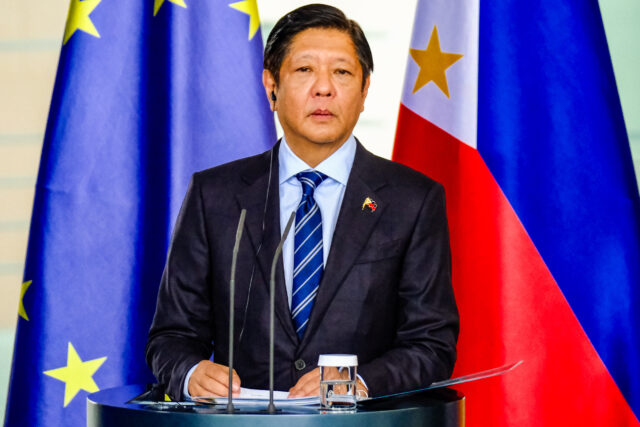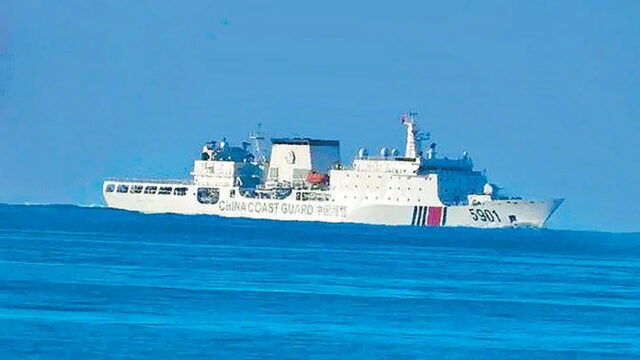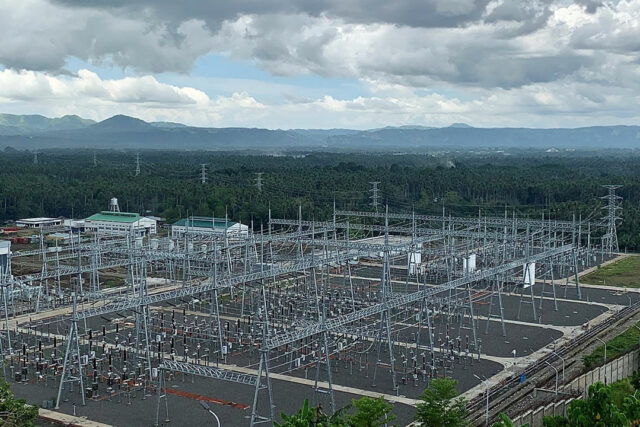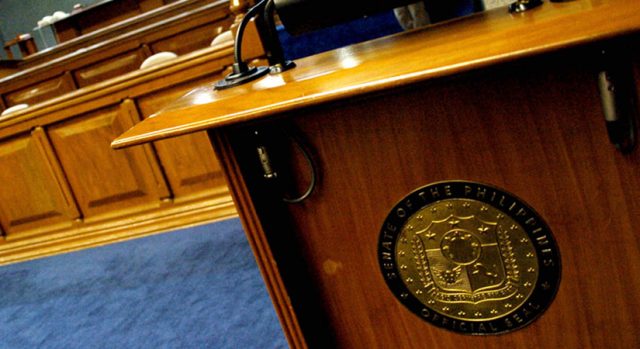Whether you are an individual looking to purchase a house, an entrepreneur about to lease a place for your next business venture, or a corporation considering acquiring equipment, it is important to ensure that you are getting a fair deal on your target property.
At present, there are three bases for the valuation of real property for tax purposes: (1) the Bureau of Internal Revenue’s (BIR) Schedule of Zonal Values (SZVs), (2) Local Government Units’ (LGU) Schedule of Market Values (SMVs), and (3) the market values from the highest selling price from recent sales of property in the vicinity, whichever is higher. This rule is usually the root of disagreement between taxpayers and the government.
Based on studies conducted by the Department of Finance (DoF), SMVs are significantly lower than the values from private valuation. In 2021, data shows that 60% of SMVs and 38% of SZVs are outdated, or were not revised in the last three years. Because of this, legislators found an opportunity for a potential incremental revenue of P30.5 billion from the Real Estate sector by updating the SMVs and reflecting current market conditions.
With such considerations, Republic Act (RA) No. 12001, or the Real Property Valuation and Assessment Reform Act (RPVARA) was signed on June 13 and took effect on July 3.
This new law aims to set strict rules on updating the SMVs every three years and depoliticizing valuation through the establishment of the Real Property Valuation Service (RPVS) and Real Property Valuation Unit (RPVU) under the Bureau of Local Government Finance (BLGF); to create a single valuation base for real property taxation and benchmark for other purposes (e.g., right-of-way acquisition, expropriation and lease); and to promote transparency through a Real Property Information System (RPIS) that will ensure that everyone has access to accurate property valuations, reducing discrepancies and confusion.
STRICT REGULAR UPDATING OF SMVS
The LGUs will be required to update their SMVs, in accordance with the latest Philippine Valuation Standards (PVS), within two years from the effectivity of the RPVARA, and conduct general revisions of property assessments and classifications every three years thereafter.
The BLGF, through the RPVS, is to review the PVS every three years to ensure they align with globally accepted principles and definitions in real property valuation, with due consideration for the prevailing economic conditions. As a result, this refreshed system will create a more reliable basis of valuation for taxpayers that minimizes overpricing on the side of the buyer or lessee in terms of sale and leasing of real property, among other real estate transactions.
SINGLE VALUATION BASE FOR REAL PROPERTY TAXATION
The approved SMVs will be the basis for determining real property-related taxes of national and local governments, and used by all appraisers and assessors in the LGUs and other stakeholders in the appraisal/valuation of land, buildings, machinery and other real property, whether taxable or exempt.
In every BLGF regional office, there is to be a counterpart for the RPVS; every LGU, on the other hand, will create an RPVU under the Office of the Local Assessor. As such, the SMVs approved by the BLGF will be the basis for the LGU’s real property assessments, enabling taxpayers to easily determine their Real Property Tax (RPT) due, as well as transfer taxes (e.g., Capital Gains Tax, Value-Added Tax, Documentary Stamp Tax). This repeals previous rules on property valuation referring to the BIR’s SZV, the LGU’s SMV, and the recent selling price of property sold within an area, whichever is higher.
AUTOMATION OF RPT ADMINISTRATION
To maintain efficient RPT administration, the BLGF is to develop and maintain an up-to-date electronic database (the RPIS) on the sale, exchange, lease, mortgage, donation, transfer of property, and all other real property transactions and declarations, as well as the cost of construction or renovation of buildings and other structures, and the price of machinery and equipment.
The RPIS is to have mechanisms for the electronic submission of necessary documents and information by concerned National Government offices or instrumentalities and LGUs, subject to the provisions of the Data Privacy Act. The RPIS may also be accessed by the private sector to seek data on the latest real property valuation. Through this automated and transparent system, the government and the private sector would have easy access to updated SMVs any time, resulting in more efficient real estate transactions.
In order to transition to this new regime, taxpayers are given a chance to avail of a real property tax amnesty (one-time or installment payment). The SZVs and existing SMVs will continue to be in force until repealed by BLGF-approved SMVs within two years from the effectivity of the RPVARA. Further, any increase in Real Property Tax in the first year of approved SMVs is limited to 6% of properties assessed prior to the effective date of the RPVARA.
Pending the implementing guidelines of this law, I hope there will be a systematic approach to ensuring that values will consistently be up to date. Similar to AMLA’s registration procedure, the BLGF could require registration to the RPIS of all LGUs, real estate professionals, engineers, architects, and other stakeholders who are sources of information on real estate transactions.
Meanwhile, on the compliance side, while not required under the law, along with the automation of the RPT administration, the implementing rules could also require LGUs to offer online payment options for easy settlement of RPT dues by taxpayers.
Going by the model of the Inland Revenue Authority of Singapore (IRAS), the RPIS could also be developed to provide comprehensive information on real property taxation and a user-friendly feature that allows taxpayers to inquire about their specific property’s valuation.
With the establishment of the RPVU, newly fledged Real Estate Appraisers have the opportunity to be part of the administration’s historic initiative and contribute their expertise to improve the valuation system.
Indeed, the RPVARA has opened doors for the LGUs to increase their revenue, which, hopefully, could be effectively used for the benefit of our fellow citizens through their current and prospective social projects.
The views or opinions expressed in this article are solely those of the author and do not necessarily represent those of Isla Lipana & Co. The content is for general information purposes only, and should not be used as a substitute for specific advice.
Lois Ann Caroline Sarajan is an assistant manager at the Tax department of Isla Lipana & Co., the Philippine member firm of the PricewaterhouseCoopers global network.
lois.ann.caroline.sarajan@pwc.com












